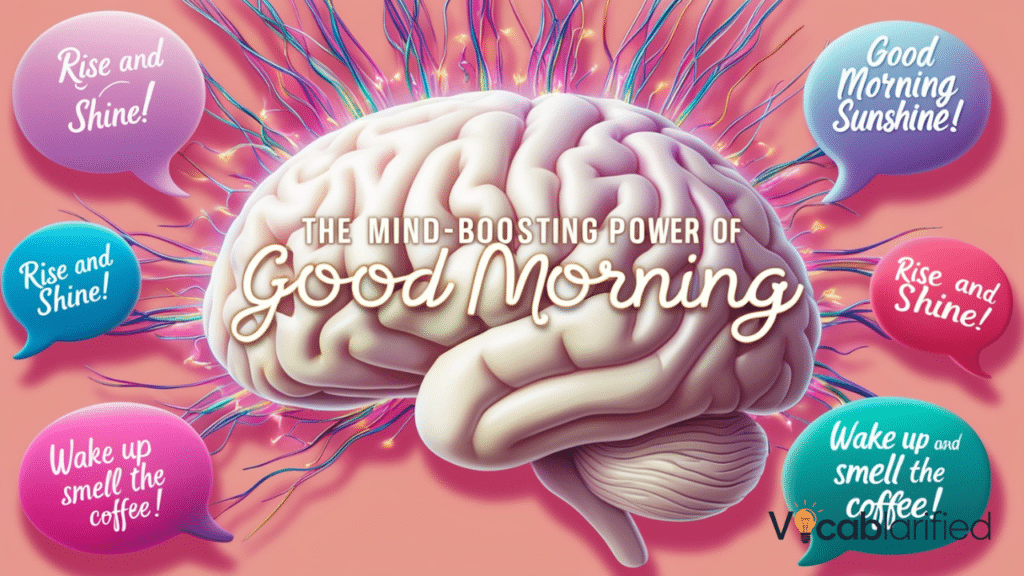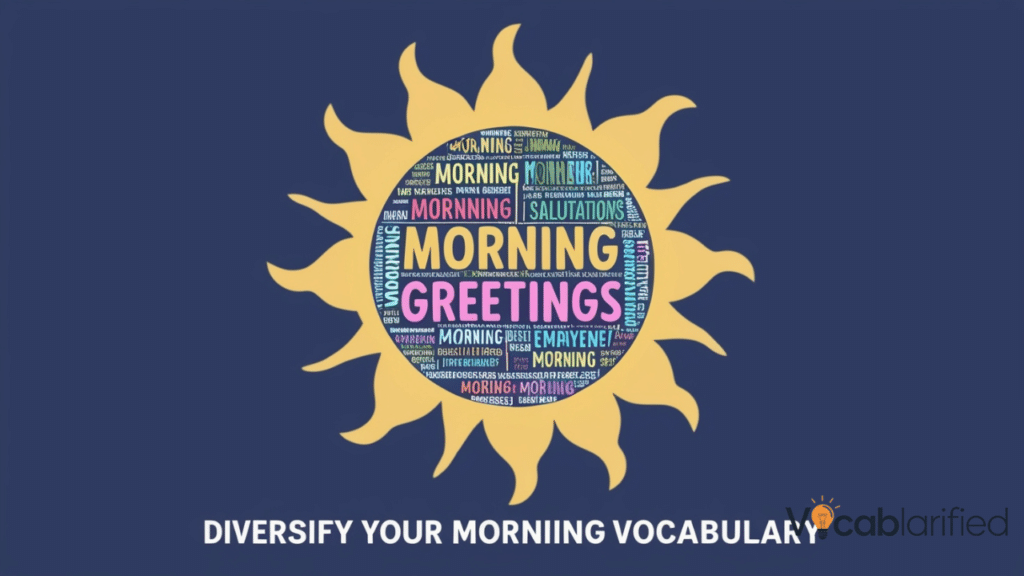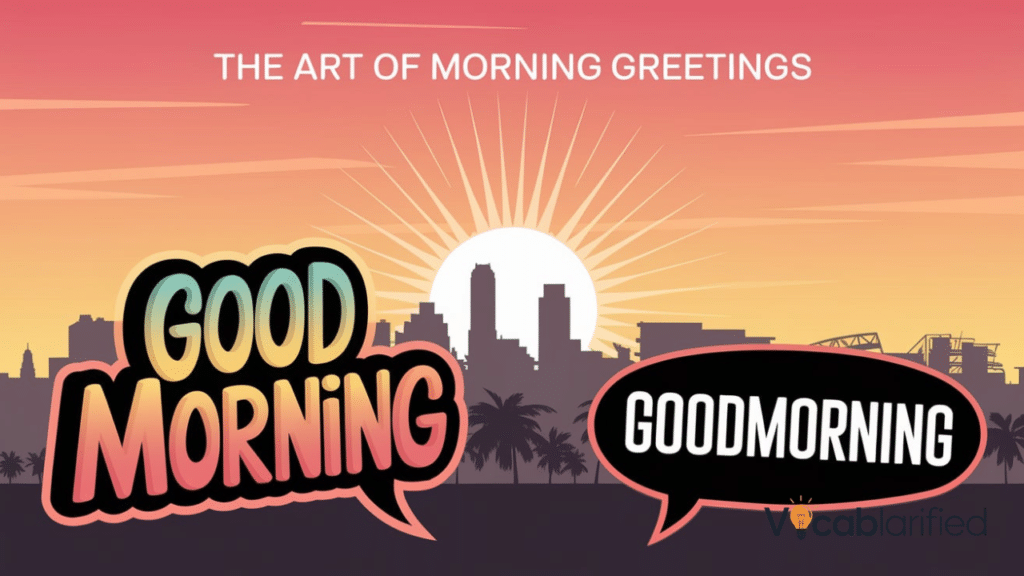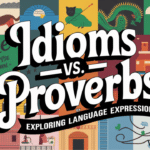In the realm of English language, the simplest of greetings can sometimes become a source of confusion.One such greeting that often raises eyebrows is the ubiquitous morning salutation.
Is it “goodmorning” or “good morning“? This article delves into the nuances of this morning greeting, exploring its correct usage and the implications of choosing one form over the other.
The Importance of Proper Greetings
Greetings form the foundation of our daily interactions. They set the tone for conversations and can significantly impact the impression we make on others.

Among these, the morning salutation holds a special place. It’s often the first interaction of the day, carrying the weight of setting a positive tone for what’s to come.
| Greeting | Formality Level | Common Usage |
|---|---|---|
| Good morning | Formal to Semi-formal | Professional settings, with strangers |
| Morning | Informal | Among friends, casual settings |
| Hey, good morning | Informal | Close colleagues, friends |
| Top of the morning | Informal, Playful | Casual settings, among friends |
| Rise and shine | Informal, Playful | Family, close friends |
| Mornin’ | Very Informal | Close friends, casual settings |
| Good day | Formal | Professional settings, formal letters |
| Greetings | Formal | Professional emails, formal letters |
| Salutations | Very Formal | Formal written communication |
| Hello | Neutral | Versatile, suitable for most settings |
The Correct Form Good Morning
Let’s address the elephant in the room. The correct form of this greeting is “good morning” – two separate words. This is the standard, accepted spelling in English. It’s a compound term consisting of the adjective “good” and the noun “morning”. When used as a greeting, it’s essentially a shortened version of “I wish you a good morning.”
You Might Like This: Leafs or Leaves? Which Form To Use?
The Common Mistake Goodmorning
Despite its widespread usage, “goodmorning” as a single word is considered a misspelling. It’s a common error, often seen in informal digital communication where speed sometimes trumps accuracy. However, in formal settings or professional communication, this spelling could be perceived as a typo or a lack of attention to detail.
Context Matters Formal vs Informal Usage
The choice between “good morning” and “goodmorning” often boils down to context.

In formal settings, such as professional emails or business meetings, the correct two-word form is crucial. It demonstrates respect for language conventions and shows attention to detail.
| Context | Recommended Form | Rationale |
|---|---|---|
| Business Email | Good morning | Maintains professionalism |
| Text to Friend | Goodmorning/Morning | Informal, acceptable |
| Job Interview | Good morning | Shows attention to detail |
| Social Media Post | Goodmorning/GM | Casual, abbreviated acceptable |
| Academic Paper | Good morning | Adheres to formal writing standards |
| Customer Service | Good morning | Professional, courteous |
| Personal Blog | Either | Depends on blog’s tone |
| Formal Speech | Good morning | Demonstrates linguistic accuracy |
| Casual Conversation | Either | Conversational, relaxed setting |
| Written Exam | Good morning | Showcases language proficiency |
The Digital Age Impact
In the era of instant messaging and social media, language norms are constantly evolving. The single-word “goodmorning” has gained traction in informal digital communication. This shift reflects the broader trend of language simplification in digital spaces.
You Might Like This: Choosing or Chosing? Get It Right Every Time
Cultural Variations in Morning Greetings
While we focus on the English greeting “good morning”, it’s worth noting that morning salutations vary widely across cultures. Some languages combine the words for “good” and “morning” into a single term, which might explain why some non-native English speakers tend to write “goodmorning” as one word.
| Language | Morning Greeting | Literal Translation |
|---|---|---|
| French | Bonjour | Good day |
| Spanish | Buenos días | Good days |
| German | Guten Morgen | Good morning |
| Italian | Buongiorno | Good day |
| Japanese | Ohayō gozaimasu | It’s early (polite form) |
| Mandarin | Zǎo | Early |
| Arabic | Sabah alkhyr | Morning of goodness |
| Russian | Dobroye utro | Good morning |
| Swahili | Habari za asubuhi | How is your morning? |
| Hindi | Suprabhat | Good morning |
The Power of a Proper Morning Greeting
A well-delivered “good morning” can set a positive tone for the entire day. It’s more than just a polite greeting; it’s an opportunity to show respect and establish rapport. In professional settings, it can open doors to productive conversations and collaborations.
You Might Like This: Recieve or Receive: Which One Is Correct?
Email Etiquette and Morning Greetings
In the realm of professional communication, email etiquette plays a crucial role. The use of “good morning” in emails deserves special attention. Let’s consider an example:
Dear Sarah,
Good morning,
I hope this email finds you well. I’m writing to discuss the upcoming project timeline…
In this scenario, the correct usage of “good morning” sets a professional yet warm tone for the email. It shows attention to detail and respect for formal communication norms.
The Psychological Impact of Morning Greetings
Morning greetings have a profound psychological impact. They serve as a form of social acknowledgment, fostering a sense of belonging and mutual respect.

The simple act of saying “good morning” can boost morale and create a positive atmosphere in various settings.
| Greeting Type | Psychological Impact | Social Implication |
|---|---|---|
| Enthusiastic “Good morning!” | Energizing, mood-lifting | Promotes positivity |
| Mumbled “Morning” | Potentially demotivating | May indicate disinterest |
| Personalized “Good morning, John” | Increases feeling of value | Builds personal connection |
| No greeting | Can lead to feeling ignored | May create social distance |
| Sarcastic “Oh, it’s morning” | Can cause discomfort | May strain relationships |
| Cheerful “Rise and shine!” | Uplifting, motivating | Fosters positive atmosphere |
| Formal “Good morning, everyone” | Sets professional tone | Establishes respect |
| Cultural greeting (e.g., “Ohayō”) | Shows cultural awareness | Promotes inclusivity |
| Rushed “GM” | May feel impersonal | Could be seen as disrespectful |
| Group “Good morning, team!” | Fosters team spirit | Encourages collaboration |
When Goodmorning Might Be Acceptable
While “goodmorning” is technically incorrect, language is ever-evolving. In very informal settings, particularly in digital communication among friends, it might be deemed acceptable. However, it’s crucial to understand the context and audience before using this form.
The Role of Autocorrect and Spellcheck
In the digital age, autocorrect and spellcheck features have become ubiquitous. These tools often catch and correct the misspelling “goodmorning” to “good morning“. However, relying solely on these tools can be risky. It’s essential to develop a keen eye for correct language usage.
Beyond Good Morning Other Morning Salutations
While “good morning” is the most common morning salutation in English, there are various other ways to greet someone in the morning. These alternatives can add variety to your greetings and may be more or less formal depending on the context.

The Global Perspective on Morning Greetings
In our interconnected world, understanding global greeting norms is increasingly important. While “good morning” is widely recognized, being aware of cultural variations can enhance cross-cultural communication and show respect for diverse traditions.
Conclusion The Significance of Correct Usage
In conclusion, while the difference between “goodmorning” and “good morning” might seem trivial, it carries significant weight in various contexts. Opting for the correct form “good morning” demonstrates linguistic accuracy, attention to detail, and respect for language conventions. It’s a small yet powerful way to start your day on the right note, whether in personal interactions or professional settings.
Remember, language is a tool for effective communication. By using the correct form “good morning“, you’re not just following a rule; you’re embracing the nuances of the English language and setting a tone of professionalism and respect in your interactions. So, the next time you greet someone in the morning, take a moment to appreciate the power of this simple yet impactful greeting.

Emma Carter is an experienced blogger at Vocablarified. She enjoys helping people expand their vocabulary and improve their language skills. With a warm and approachable writing style, Emma makes learning new words fun and accessible. When she’s not writing, she loves reading books and discovering new phrases to share with her readers. Emma is passionate about making language learning an enjoyable journey for everyone.







